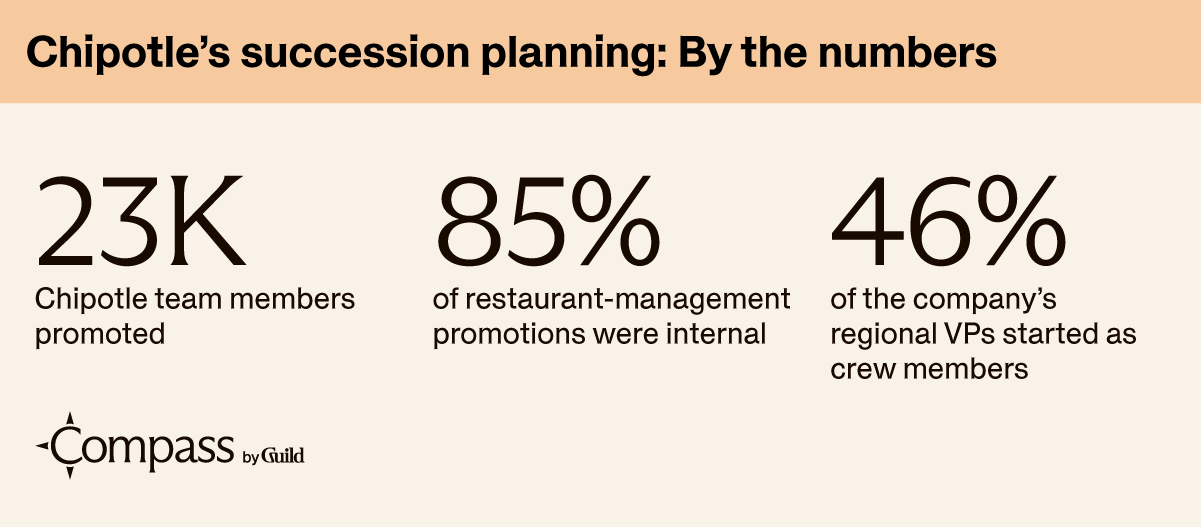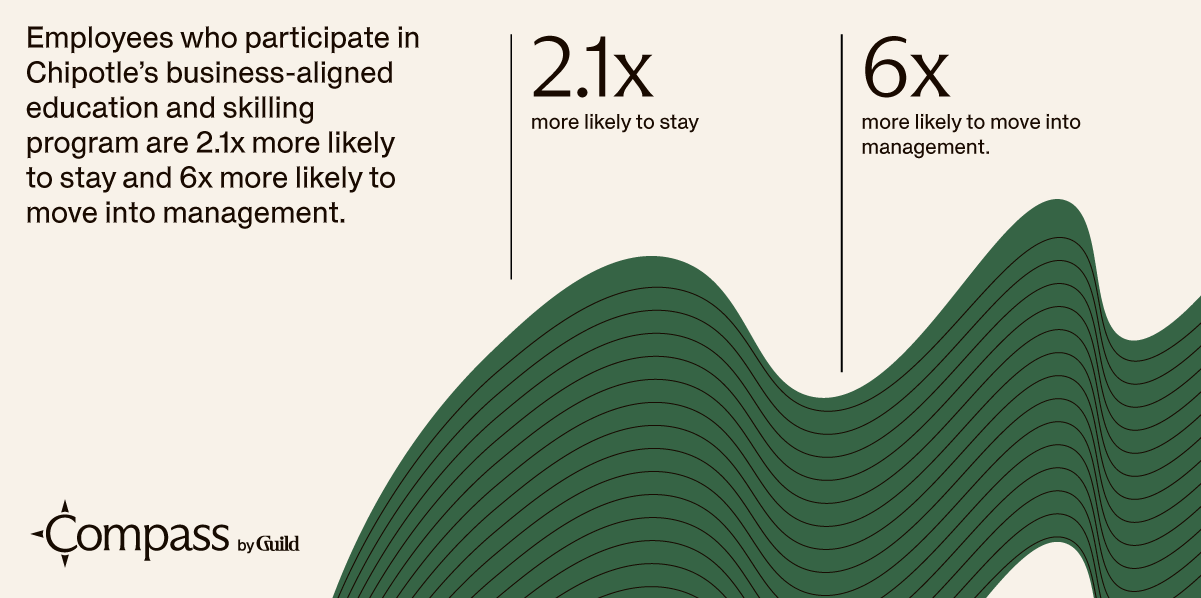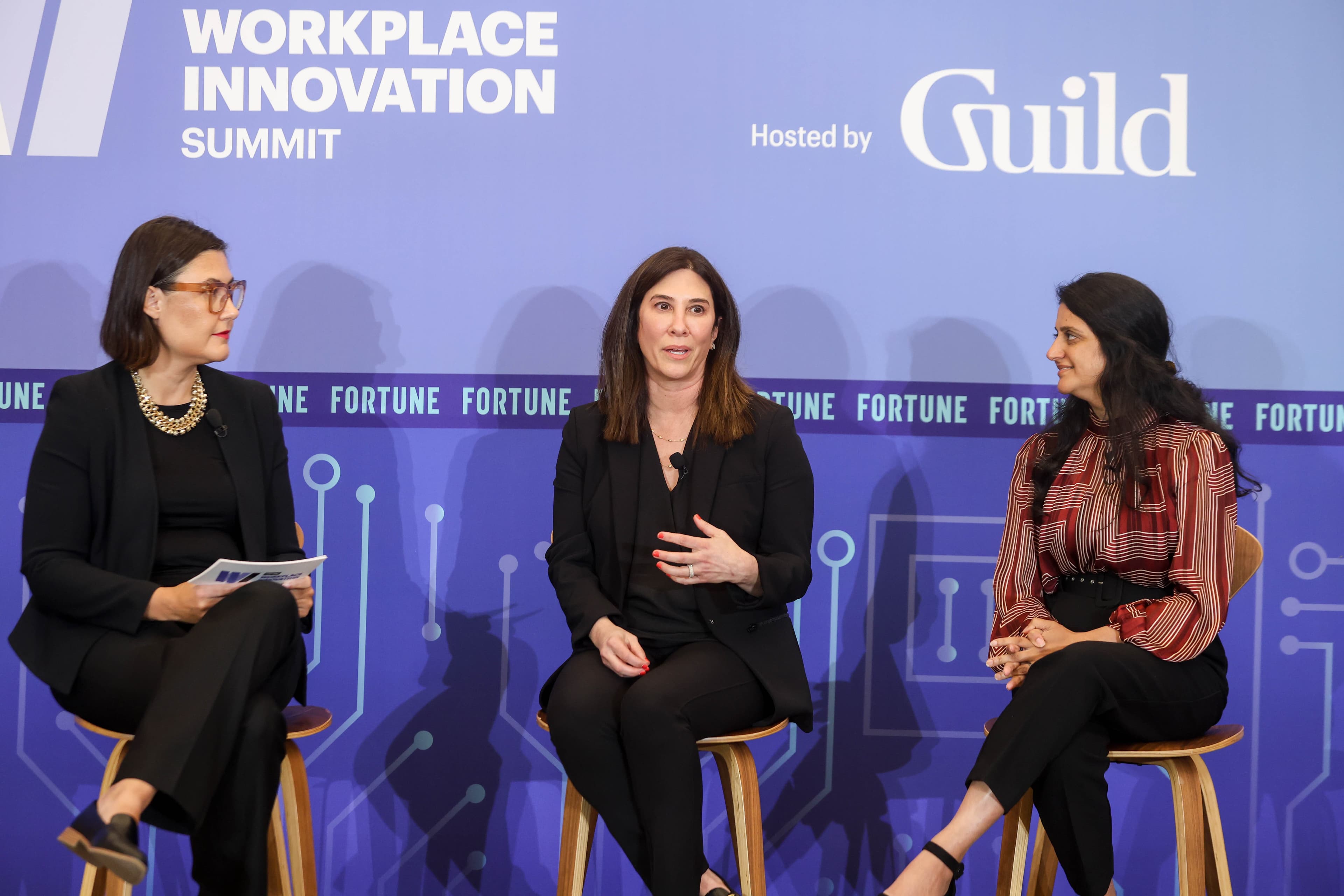Alex Cannon |
Many organizations say they have a succession plan. Often, they do, at least for their top 10 to 15 roles. But that’s where most efforts stop. According to SHRM, formal succession planning is still largely concentrated at the executive level, rarely extending to mid-level or frontline roles. The result is a fragile system built for the top, with little scaffolding beneath it.
The failure is in design, not intent. The next generation of leaders, particularly those on the frontline, won’t have 10 years to absorb institutional knowledge or shadow a boss who’s slowly preparing them for what’s next. Instead, they’ll need to step up fast, with less time and less support. And until organizations rethink where and how succession planning happens, they'll miss momentum.
That challenge was front and center at Fortune’s inaugural Workforce Innovation Summit, an invitation-only gathering of HR executives, business leaders, and innovators reimagining how work, talent, and leadership evolve amid rapid technological and demographic shifts.
Guild CEO Bijal Shah and Chipotle CHRO Ilene Eskenazi took the stage to share what it looks like to build growth infrastructure that keeps pace with the moment: a convergence of education, mobility, and leadership development converge not just at the top, but across the org.
“We see it with every company we work with: latent talent inside of your organization that’s just waiting for their potential to be unlocked,” Shah said.
Before we get to Chipotle’s results, let’s look at where most companies get stuck.
“Some of the savviest organizations are thinking about their talent needs in terms of the business results they’re going to drive. So when your CFO comes to you and says, ‘Why are we doing this?’ you can say: ‘We’re opening 300 stores this year. We need talent ready to lead them.’”
- Guild CEO Bijal Shah
What holds hand-raisers back?
Organizations love the language of initiative. “Raise your hand.” “Show you’re ready.” Too commonly, though, the path up is foggy, blocked, or entirely theoretical. Most organizations still rely on a hand-raise or a shoulder tap to advance talent. For frontline workers, those signals often miss: One assumes confidence while the other relies on proximity. Both leave too many people out.
Those expected to raise their hands face barriers that tend not to show up in a talent review:
On-ramps are invisible. If the first steps into leadership are unclear or unappealing, most employees won’t take them. Many employers think they’ve created visibility into mobility, but many employees say otherwise: According to McKinsey & Company, 65% of employees in frontline roles are unaware of how to achieve advancement at their organizations. Without clear pathways and preview opportunities (like shift or project leads) it’s hard to turn intention into motion.
There’s a single initial gate-keeper. When advancement hinges on a single manager’s opinion, you get inconsistency and bias. Expanding the search for high potential to the frontline isn’t a new idea, but it’s still falling short. Without built-in mechanisms beyond direct managers, like self-nomination, peer referrals, and skip-level sponsorship, it’s easy for potential to go unnoticed.
Managers are overloaded. Even great managers hesitate to advocate for someone when they’re drowning. Succession becomes a side project without a system that makes development part of the job (and the metrics), and offers lightweight tools that reduce reliance on gut feel.
‘Good luck’ promotions leave people under-prepared. Moving from crew member to manager can happen quickly, and without pre-promotion support to help new leaders prepare for success. Companies need to provide foundational leadership skills before the title change.
Learning happens in a vacuum. If skilling isn’t tied to roles or visible advancement, it’s just academic. Effective programs map directly to career outcomes and make those outcomes measurable and shareable.
Chipotle case study: What it looks like when it works.
Chipotle treats learning as infrastructure built to drive movement.
Through its partnership with Guild, Chipotle transformed a legacy tuition reimbursement benefit into a business-aligned education and skilling program, purpose-built for frontline workers.

The results speak volumes: employees who participate are 2.1x more likely to stay and 6x more likely to move into management.
And the internal momentum is striking. In 2024 alone, Chipotle saw 23,000 team members promoted. Eighty-five percent of restaurant management promotions were internal. Nearly half of the company’s regional VPs started as crew members.
“I’ve had so many one-on-one stories from people saying that working at Chipotle has been literally a life-changing event for them,” Eshkenazi said. “They started as a crew member, and now they’re making a six-figure salary, or they just bought a home, or they put their child through college.”

What succession planning needs now.
Traditional succession plans assume time. Stability. Long ramps and loyal tenure. But we’re not in that era anymore.
Organic development, the kind that happens over a decade of slow, steady growth, isn’t coming back. Savvy organizations that want effective future leaders are building the conditions that make growth possible now.
That means:
Clarifying the actual steps to advancement;
Aligning learning to roles people want (and the business needs);
Providing support before the leap, not just after;
Designing talent identification systems that don’t require a manager’s blessing; and
Making career mobility both visible and navigable.
“Some of the savviest organizations are thinking about their talent needs in terms of the business results they’re going to drive,” Shah pointed out. “So when your CFO comes to you and says, ‘Why are we doing this?’ you can say: ‘We’re opening 300 stores this year. We need talent ready to lead them.’”
Recent research from Guild shows that high-performing organizations are 52% more likely to say their L&D investments support manager career growth, and they’re far more likely to see real retention gains. In fact, in a survey of over 500 HR and L&D leaders, 92% of those whose companies had fully aligned L&D goals reported better retention than those with weak alignment.
The companies that build those systems will be both succession-ready and change-ready. And chances are, some of their next great leaders are already on the floor, hoping for the first step to be clear.




